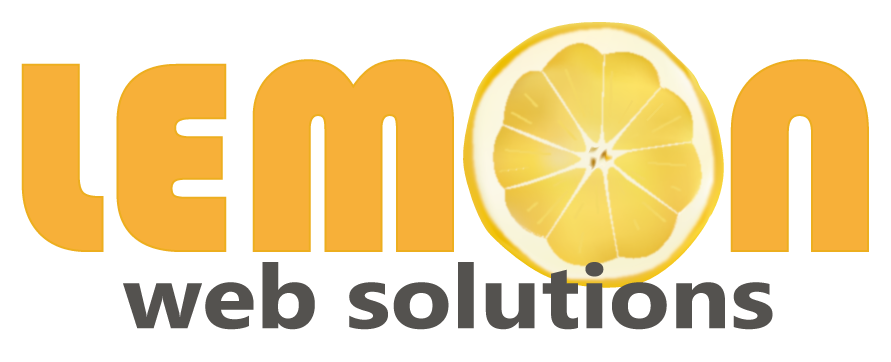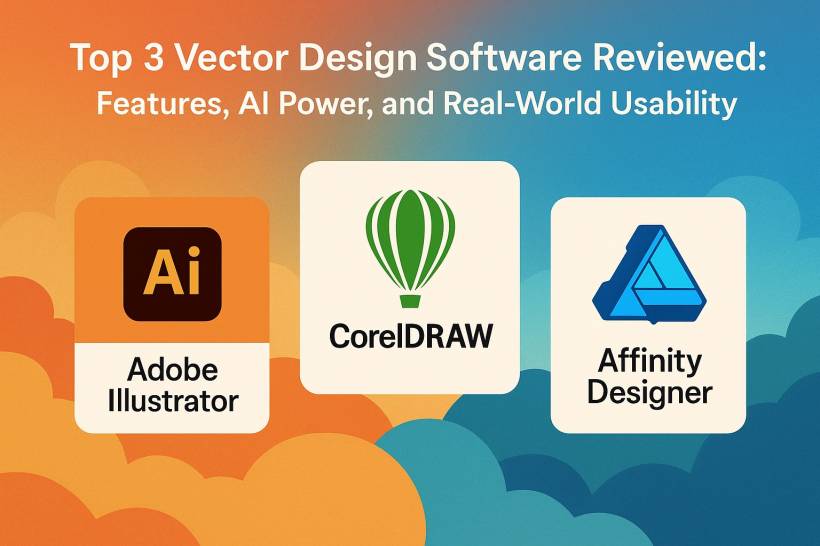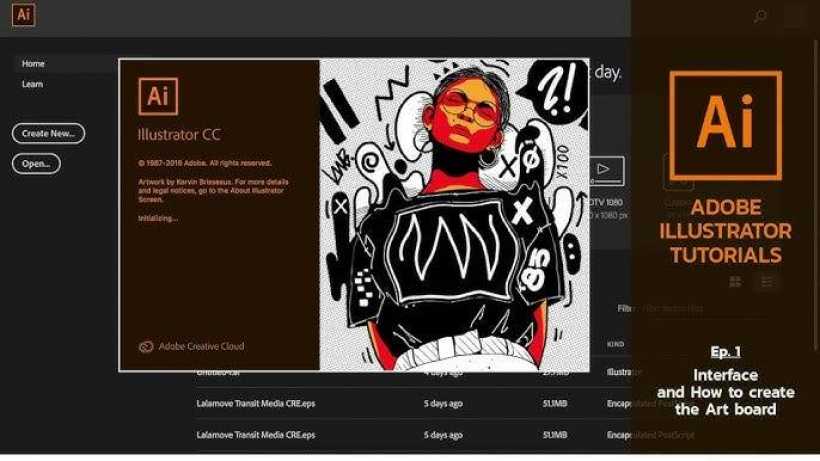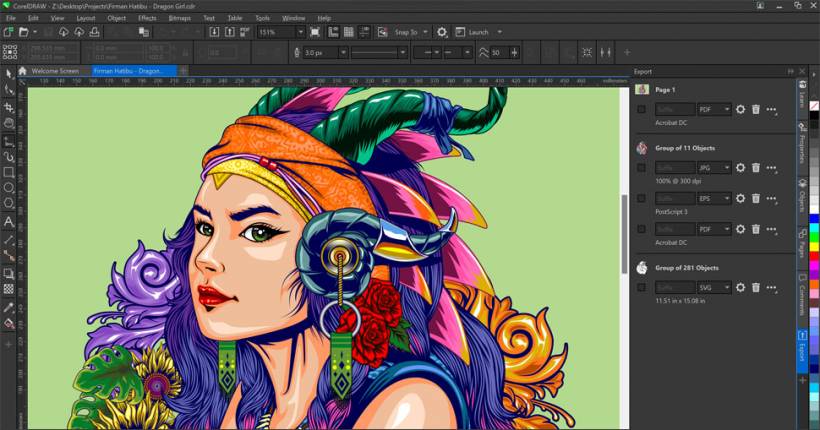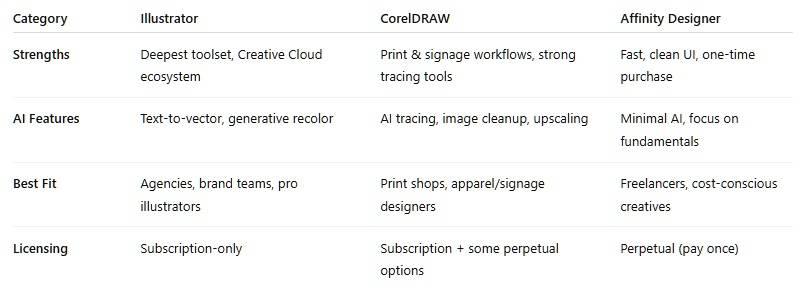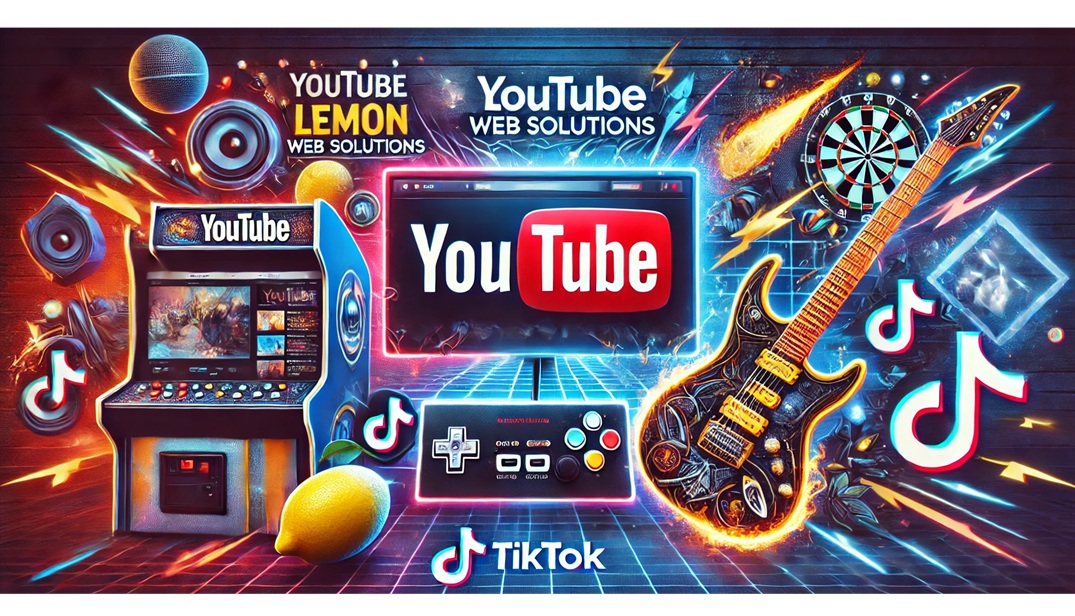If you've ever tried to pick the "best" vector design software, you know it's not just about which app has the fanciest pen tool. Designers today have to juggle licensing models, workflow compatibility, speed, and now—artificial intelligence creeping its way into the creative process.
So, instead of giving you a generic list, let's take a real-world look at the top three contenders—Adobe Illustrator, CorelDRAW, and Affinity Designer. We'll explore where each tool shines, where it struggles, and how their AI features (or lack thereof) actually play out in day-to-day design work.
Why Vector Design Tools Still Matter
In the age of Canva, Figma, and one-click social media templates, you might wonder if traditional vector design apps are still relevant. The short answer: absolutely.
Vectors remain the gold standard for logos, branding, print, apparel, and scalable illustrations because they don't pixelate no matter how much you zoom in. If you're working with clients, print shops, or agencies, you'll eventually need a true vector powerhouse—not just a quick template editor.
Adobe Illustrator — The Industry Standard with AI Firepower
Let's start with the elephant in the room. Adobe Illustrator has been the backbone of professional design for decades, and it's not slowing down. Its toolset is deep, precise, and paired with Adobe's ever-growing Creative Cloud ecosystem.
Where It Excels
Illustrator's AI Edge
This is where Adobe has really stepped up. Using its Firefly AI model, Illustrator can now:
Unlike some AI gimmicks, these features produce clean vector paths you can actually edit—no messy raster overlays.
The Trade-offs
Of course, Illustrator isn't perfect. It's subscription-only, which means ongoing costs. The learning curve can feel steep for beginners. And if you're a solo designer just starting out, the Creative Cloud price tag might sting.
CorelDRAW — The Print and Signage Specialist
While Adobe dominates agencies, CorelDRAW has quietly held its ground in industries like signage, apparel design, and print production. If you've ever walked into a print shop, there's a good chance they were running Corel.
Where It Excels
CorelDRAW's AI Story
Corel has taken a more practical approach with AI:
In short, Corel's AI isn't about wild generative creativity; it's about fixing what your client hands you so you can get the job done.
The Trade-offs
Corel isn't as widely adopted by agencies and international freelancers as Illustrator. Its AI features, while useful, lean more toward cleanup and prep than true generative design.
Affinity Designer — The Speedy Challenger Enter
Affinity Designer by Serif (now part of Canva). It's the youngest of the big three, but it's already built a loyal following among freelancers, illustrators, and small studios.
Where It Excels
Affinity's AI Position
Here's the thing: Affinity Designer doesn't lean heavily on AI yet. Its sibling app, Affinity Photo, has begun integrating some machine-learning tools for selections and masking, but Designer remains focused on the fundamentals of vector work.
That's not necessarily a bad thing. Some designers prefer a distraction-free environment where the focus stays on manual precision and craft.
The Trade-offs
You won't find text-to-vector prompts or AI recoloring here—at least not yet. File compatibility with Adobe products can sometimes be tricky. And while Canva's acquisition could mean more AI in the future, for now Affinity Designer is best for those who want a streamlined, non-subscription tool.
Quick Side-by-Side Comparison
Which Should You Choose?
Final Thoughts
Vector design tools aren't going anywhere—they're just evolving. AI is already changing how we generate, recolor, and clean up artwork, but it's not replacing the need for human design judgment.
Illustrator is pushing the AI frontier, CorelDRAW is keeping production practical, and Affinity Designer proves that sometimes speed and simplicity beat AI wizardry.
At the end of the day, the best choice depends less on "which is objectively best" and more on what kind of designer you are and who you work with.
